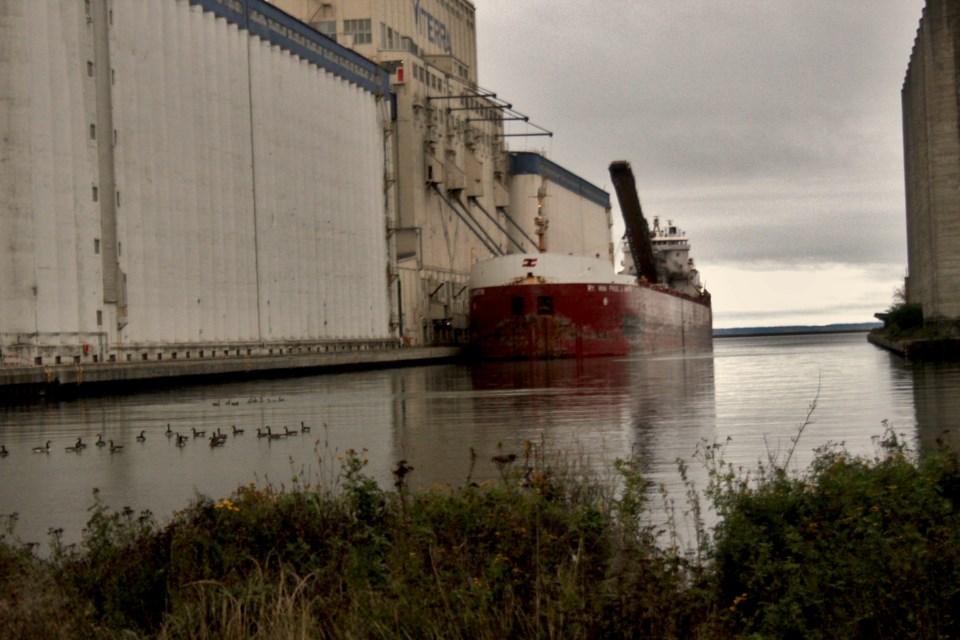THUNDER BAY - An increased diversity in cargo shipments is helping to offset the decrease in overall shipments this season.
Overall shipments were six per cent lower than the five-year average and 17 per cent lower than last year, increased diversity in cargo shipments handled at the Port of Thunder Bay is helping to offset the decrease in overall shipments resulting from lower volumes of prairie grain this season.
The port’s general cargo facility, Keefer Terminal, which was built 60 years ago to serve the domestic package-freight industry, is experiencing a 25-year high in cargo shipments.
In October, nearly 8,000 metric tonnes of European steel pipe were discharged at the terminal, where the cargo is stored in expansive laydown areas and then trucked to Alberta.
The terminal will receive its third shipment of phosphate fertilizer, also destined for Western Canada, late in the season.
Import steel and phosphate fertilizer are growing opportunities for the port.
“It’s really positive to see an increase in import shipments through Keefer, one of the initiatives we’ve been working on for over a decade is investing in and promoting inbound cargo to western Canada,” said director of business and development and communications Chris Heikkinen.
“We’re seeing a lot of break bulk moving in, so, steel pipe and structural steel, steel rail, and we’re also seeing phosphate fertilizer coming through Keefer, so it’s really starting to gel now.”
Export shipments of Canadian-mined potash are also on the rise. October was the strongest month so far this year for potash shipments, which sit 67 per cent above last year’s tally and 34 per cent above the five-year average. Most of the potash is directly exported via saltie to Europe.
All three operating Western Canadian Grain Ports have experienced reductions in grain throughput this harvest season.
According to the Quorum Corporation Grain Monitor, the year-over-year decrease of grain railcar unloads in Thunder Bay is 29 per cent, compared with decreases of 28 per cent in Vancouver, and 64 per cent in Prince Rupert. Grain shipments are expected to be closer to average in Thunder Bay for the remainder of the shipping season.
